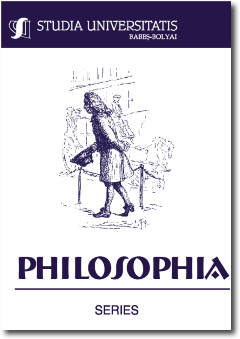“MINIMAL EMBODIMENT” AND ITS IMPLICATIONS IN THE SHAPING OF SELFHOOD
“MINIMAL EMBODIMENT” AND ITS IMPLICATIONS IN THE SHAPING OF SELFHOOD
Author(s): Denisa ButnaruSubject(s): Language and Literature Studies
Published by: Studia Universitatis Babes-Bolyai
Keywords: minimal self; minimal embodiment; body schema; disability; illness.
Summary/Abstract: The notion of “minimal self” has been discussed in the phenomenological paradigm by Dan Zahavi and it is basically understood as a pre-reflective and basic awareness of our experiences. Selfhood and its constitution are associated in this perspective with awareness. The present paper discusses the constitution of this “minimal” aspect in relation to embodiment and it shows how disruptions in embodiment render present this “minimality” and other essential aspects of selfhood. Very often, we ignore the presence of our bodies. They are forms of our being-in-the-world which are taken for granted. As Drew Ledder argues, we are reminded of their important functions when our body schemas are replaced in their “I can” by their counterpart: the “I cannot”. I argue in the following that the “minimal” body becomes thematic when we experience disruptions or distortions in the body schema. Instead of stressing the role of consciousness in the individualization of “selfhood”, I defend a position in which selfhood is shaped by forms of embodiment and body processes.
Journal: Studia Universitatis Babes-Bolyai - Philosophia
- Issue Year: 57/2012
- Issue No: 1
- Page Range: 141-153
- Page Count: 13
- Language: English

